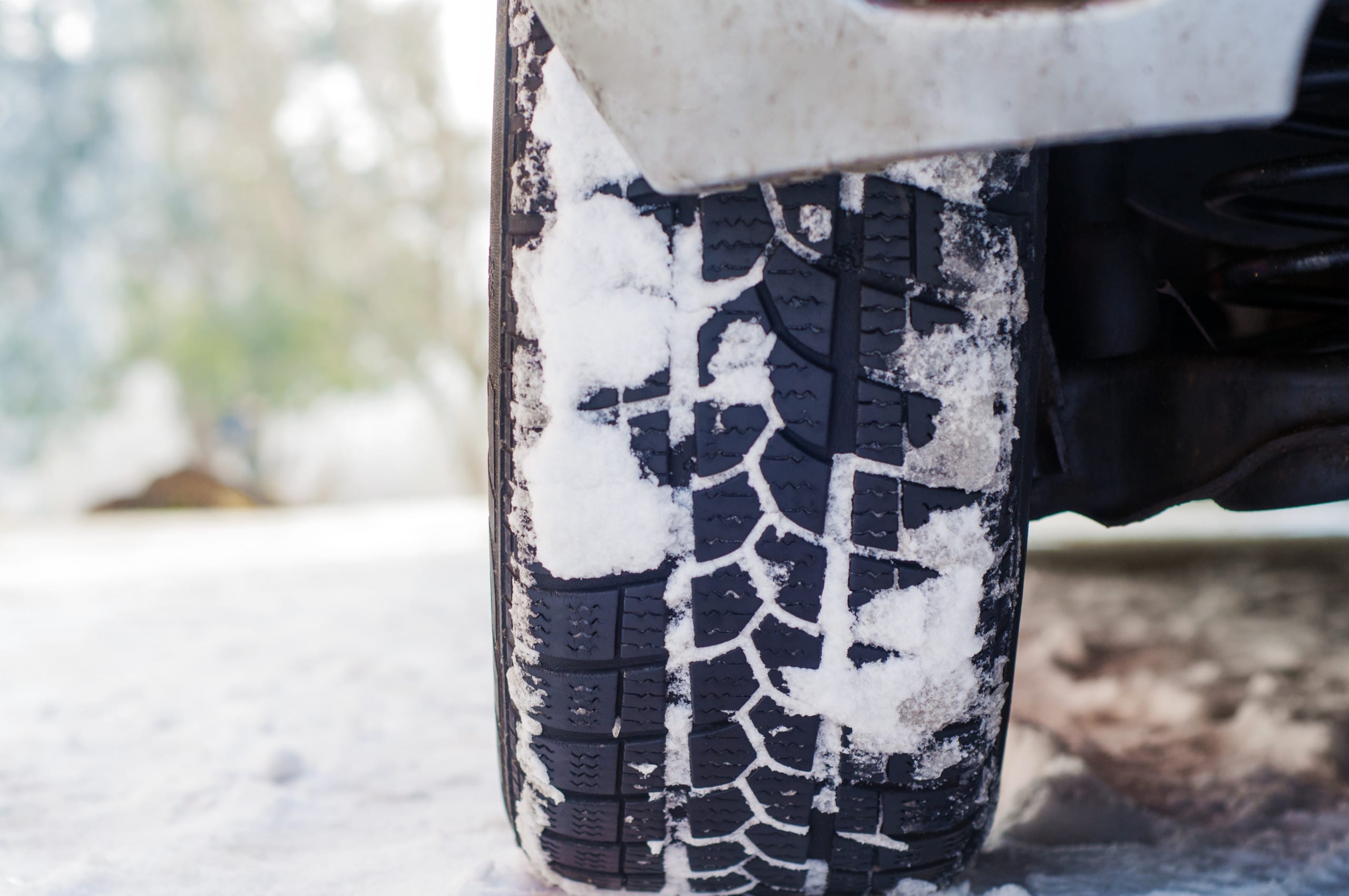Like it or not, we all know it’s coming… winter in Michigan. By the time winter hits, most people are prepared with a closet full of sweaters, boots, and heavy coats. This winter, make sure your vehicle is as prepared as you are. Here’s a list of things you can do to prepare your car for winter. If you need auto repairs done, take your car to a mechanic.
Check your antifreeze level every 12,000 miles or every 12 months. The best ratio of water to anti-freeze for most cars is 50/50, though this may vary by make and model. If your antifreeze level is low, you will need to top it off.
Inspect your brakes. When it comes to safety, no part of your car is more important than the braking system. Your brakes should be inspected at least twice a year to determine the condition of operating hardware and the hydraulic system.
Replace your windshield wiper blades at least once a year. The windshield wipers do not seem particularly important to safety, but if you are driving in snow and cannot see the road conditions ahead, you can be a danger to everyone on the road, including yourself. Your wipers must be in great shape to be able to handle snow, ice, and rain.
Check your lights. Make sure your brake lights, turn signals, and high beams are working properly. Make sure your headlights are aimed correctly. Keep your lights spotless for maximum visibility.
Inspect your battery. If the battery is more than a few years old, take your vehicle, truck, or SUV to an auto repair mechanic to test its capacity. Starting your vehicle in freezing weather requires a fully charged battery with good cable connections.
Get your oil changed. To keep your engine in good condition, you need to keep up with your car’s most frequently needed service. Make sure to change your engine oil as recommended by the manufacturer, or every 3,000 miles. This can help you avoid a costly auto repair.
Check your tire pressure. Let an auto repair mechanic check your tire pressure. Set the pressure to your vehicle manufacturer’s recommendations for your specific tires. Believe it or not, tires lose pressure when they get cold, so pump them up.
Finally, keep a winter emergency kit in your car. It should include a flashlight, flares, a first-aid kit, snow shovel, jumper cables, an ice scraper, gloves, blankets, and windshield washer fluid. Keeping your car well-maintained and being prepared for emergencies in cold conditions will keep you safe in the winter months and save you a ton of money.


